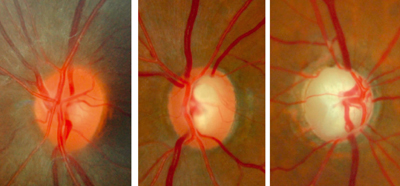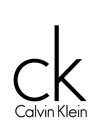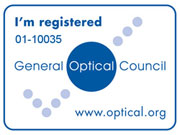Glaucoma Screening
What is glaucoma?
There are various types of glaucoma but primary open angle glaucoma
(POAG), also known as chronic glaucoma, is the most common. It has no symptoms in the early stages, but slowly and painlessly destroys sight if it is not detected and treated. The loss of vision cannot be reversed. It mainly affects middle aged and elderly people, although it can develop in younger people. The earlier glaucoma is detected, the more successful the treatment.

Even if you seem to have excellent sight, this doesn't rule out glaucoma because:
Glaucoma initially destroys the off centre vision, leaving the central detailed vision unaffected until a later stage. Blank patches in the field of vision may go unnoticed as the less affected eye 'completes the picture'. Glaucoma does not affect the ability of the eye to focus and the condition may be present even though vision seems fine without the need for glasses.
You could lose a considerable amount of sight irretrievably before you are aware of a problem.
Am I at risk of glaucoma?
• Are you over 40?
• Do you have a family history of glaucoma?
• Are you short sighted?
• Do you have diabetes?
• Are you of African-Caribbean origin?
If the answer is yes to any of these questions, then you are at increased risk and should definitely have your eyes tested regularly (at least every two years).
What are the glaucoma tests?
A standard eye examination includes some glaucoma tests. These tests are rapid and painless. They are: ophthalmoscopy (looking into your eye with a light), tonometry (measuring your eye pressure), visual field test (testing peripheral vision) and assessing the anterior chamber of the eye.
These tests have been the standard for over 50 years and may not detect the early signs of glaucoma.
Enhanced Glaucoma Screening
Over the past few years technology has improved our knowledge of the glaucoma process and there are now more thorough examinations to detect glaucoma at an earlier stage.At Euin Steele & Partners we now offer Enhanced OCT Glaucoma Screening which combined with the standard tests will enable our
optometrists to detect glaucoma at the earliest stage possible and so enable treatment at the optimum stage.
What is OCT Glaucoma Screening?
There are three stages to this examination which are all painless and visually comfortable. They all involve using an instrument called an OCT (Ocular Coherence Tomographer) which undertakes a form of ultrasound scanning, using light instead of sound waves, to build up a 3 D picture of the structures of the eye. There are no risks involved to vision and is non invasive.
The 3 types of scans are:
1. Profiling the thickness of the retinal nerves within the eye. Comparing this
regularly can help determine whether nerves are being damaged in the
disease process.
2. Building an accurate 3 D image of the Optic Nerve Head. This is where glaucoma damage occurs and having these scans made allows highly accurate measurements of this area to be compared over time.
3. Imaging the anterior chamber of the eye. This allows the optometrist to assess the likelihood of the less common form of Closed Angle Glaucoma in the future.
This enhanced screening can be scheduled on the day of your normal eye examination or a separate appointment can be booked for it. For all the information on the costs for enhanced glaucoma screening see our fee sheet.
This enhanced screening can be included in an Eyeplan Scheme if you would prefer.
How is glaucoma treated?
Treatment for chronic glaucoma is usually with eye drops. Laser treatment or surgery may be necessary in some cases. The good news is that once it is detected and treated, most people retain useful vision for a lifetime.
Glaucoma left untreated may lead to tunnel vision and, eventually, to
blindness. It is estimated that approximately 2% of people over the age of 40 will have glaucoma. 13% of those on the blind register have glaucoma of some type.
Tel: 01375 373000
Services





Copyright © EUIN STEELE
Design by Computer Confidence


